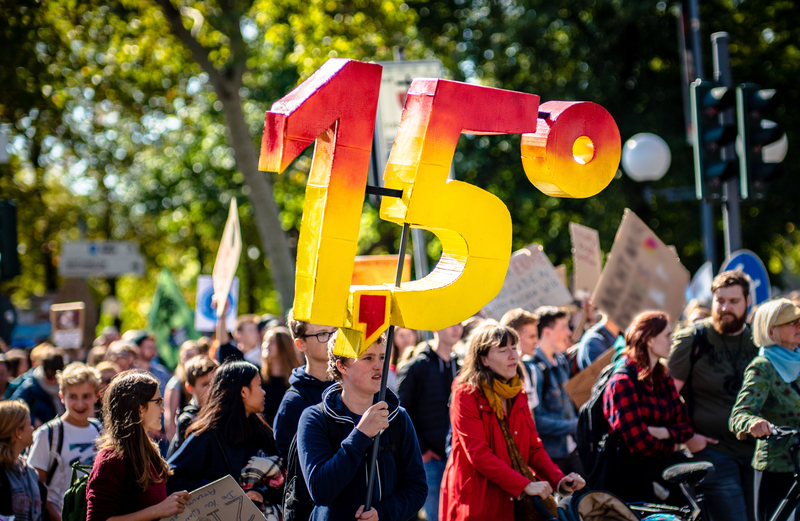It’s never too late to become a nature warrior!

Photographer
Mika Baumeister / Unsplash.com
Are you fighting for the climate? Good! Then you’re also fighting for biodiversity. And vice versa! The climate and biodiversity are closely linked.
Increased biodiversity can both slow down and mitigate the effects of climate change.
At the same time, climate change is one of the greatest threats to biodiversity.
Here are some examples:
- The oceans absorb around a third of the world’s carbon dioxide emissions, which would otherwise circulate in the atmosphere. But when we destroy marine ecosystems, the possibility of storing greenhouse gases there is reduced.
- When we have to protect ourselves from more extreme weather in the future, we can seek help from a species-rich and thus more resilient nature. Species-rich forests are more resilient to pests and less prone to fires.
- Wetlands and forests can cope with large amounts of rainfall and thus reduce the risk of flooding, as well as help to cool areas during heat waves.
- A global temperature increase of 1.5 degrees could result in a loss of 70 percent of the world’s coral reefs. If they disappear, so do a lot of fish that rely on the coral for food.
- The effect of climate change is now clear in ecosystems that were previously only marginally affected by human activity, such as the tundra, the taiga, and regions such as Greenland.
- Agriculture and meat production cause problems for both biodiversity and the climate the world over. Interest in “carbon farming” in the Nordic Region is growing. This involves farmers changing their farming and forestry practices to reduce the release of CO2 into the atmosphere. This can involve tying more organic matter into the soil, reforesting fields, and protecting wetlands.
- We often hear “nature-based solutions” mentioned in the climate debate, which means that nature and biodiversity can help to prevent and mitigate climate change.
Fact:
- A million animal and plant species in the world are at risk of disappearing, and many within just the next ten years. This is an emergency that puts the future of humanity at risk. Here the are top five reasons why:
- 1. Animals and nature are displaced when humans exploit land and water. 2. We are hunting and fishing too much.3. Climate change.4. Pollution.5. The spread of alien species.
Here’s what you can do:
- Find out more about the link between climate change and the biodiversity crisis.
- Get involved! The crises facing the climate and nature must be solved simultaneously. Here is a toolkit for knowledge and change: